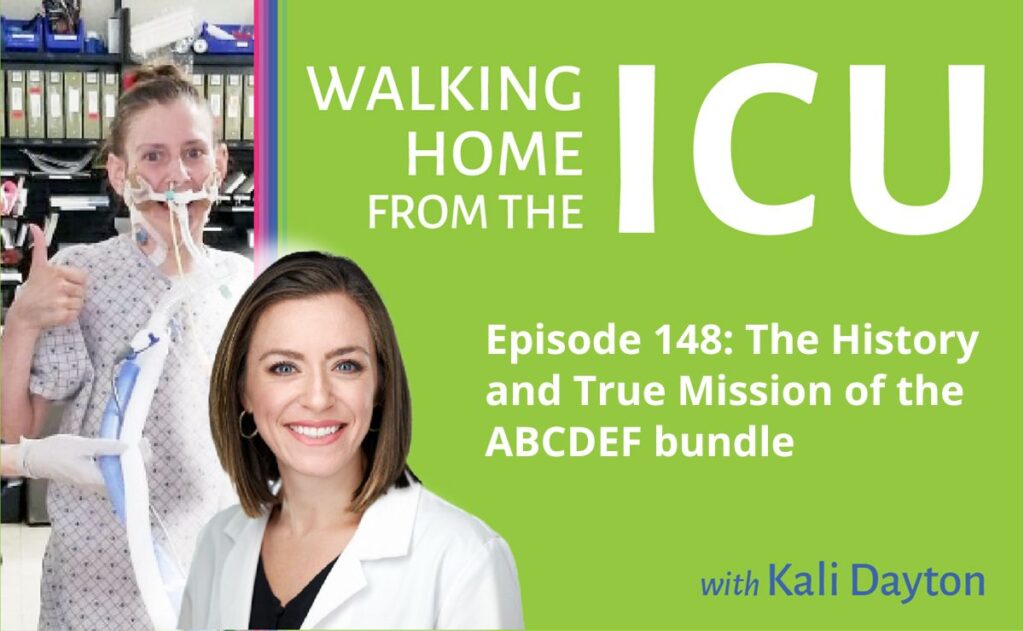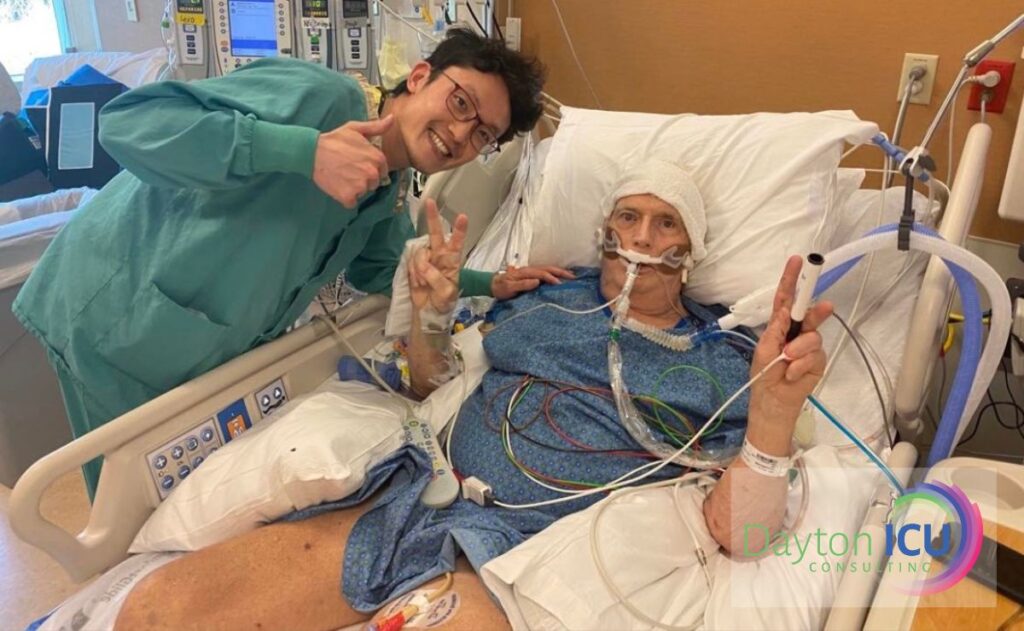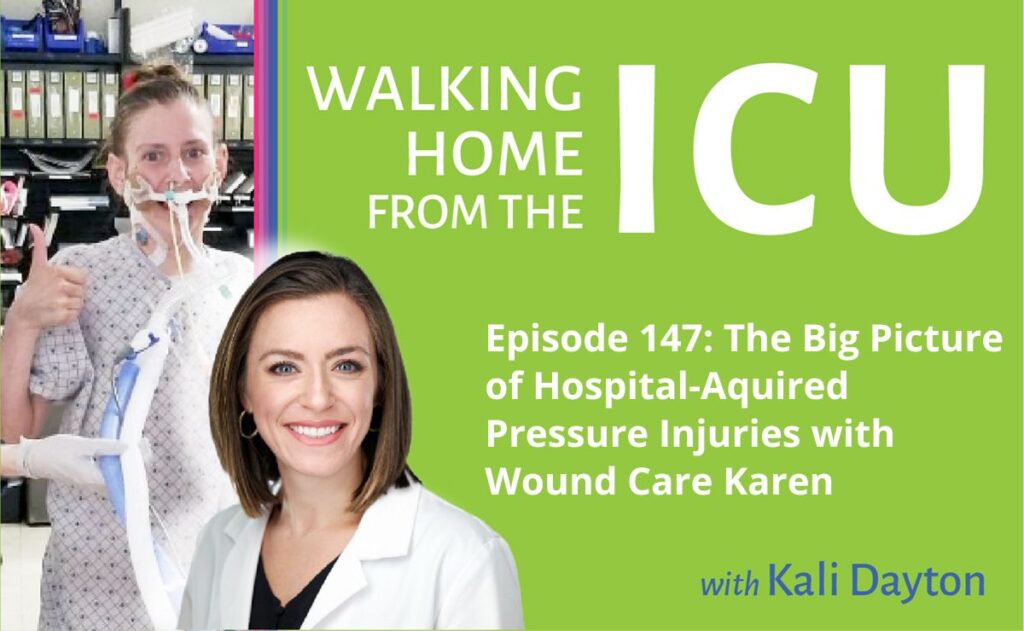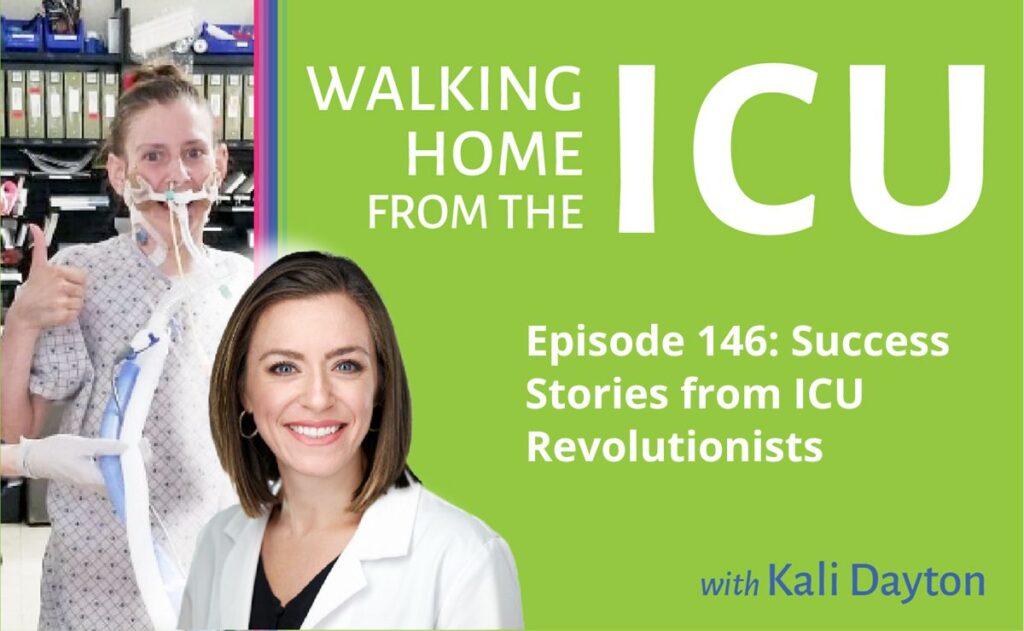
Walking Home From The ICU Episode 148: The History and True Mission of the ABCDEF Bundle
How did the ABCDEF bundle come to be and what is its true objective? What barriers are causing the ICU community to fall short of full compliance with the bundle and what is the future of the ABCDEF bundle? Michele Balas, PhD, RN shares with us her insights as one of the founders of the






